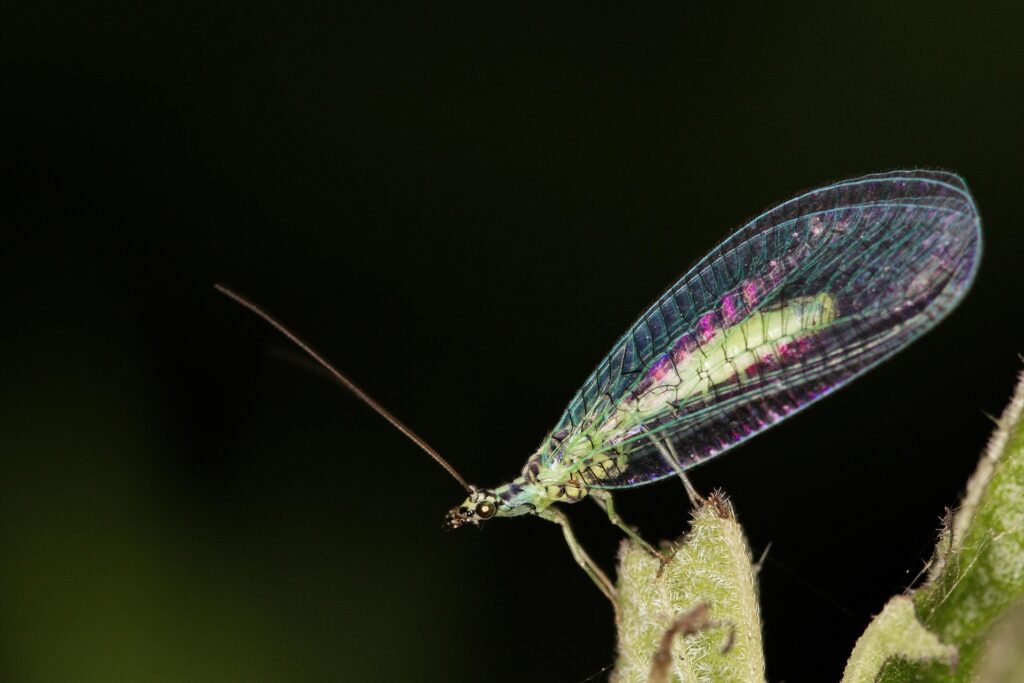You walk through any major city and encounter evidence of thriving rodent populations despite extensive control efforts, multimillion-dollar pest management programs, and constant human activity that would seem to discourage wildlife establishment. This paradox reveals that urban environments have evolved into ideal ecosystems for rodent species, providing concentrated resources, protected habitats, and reduced predation pressure that enable population densities far exceeding those found in natural environments.
Understanding urban rodent ecology enables pest management professionals and city planners to develop more effective control strategies while helping property owners recognize why traditional rural-based approaches often fail in dense urban settings for rodent control.
Food Is Everywhere
Cities create unprecedented food abundance and diversity that supports large rodent populations through continuous resource availability and minimal competition from other wildlife species.
Urban environments generate massive quantities of organic waste through restaurants, grocery stores, food processing facilities, and residential activities, creating reliable nutrition sources within small geographic areas that can support high population densities.
Unlike seasonal rural food sources, urban environments provide consistent nutrition throughout annual cycles through heated buildings, continuous food service operations, and temperature-controlled storage facilities that eliminate seasonal scarcity periods.
Urban rodents access varied nutrition sources including processed foods, organic waste, pet food, birdseed, and compost materials that provide balanced nutrition supporting optimal growth rates and reproductive success.
Shelter Is Easy to Find
Urban infrastructure provides extensive shelter opportunities through building design, utility systems, and construction features that create ideal nesting and denning environments.
Modern building construction creates numerous void spaces, utility chases, and architectural features that provide protected nesting sites for Norway rats with optimal temperature and humidity conditions for rodent reproduction.
Subway tunnels, utility corridors, sewer systems, and steam distribution networks create extensive underground habitat systems that enable population movement and establishment away from surface predation and human interference.
High-density urban development provides continuous shelter options through connected structures, shared walls, and minimal distances between suitable habitat patches that facilitate population expansion and genetic exchange.
Urban building materials including insulation, wallboard, and structural elements provide nesting materials while gaps in construction create entry points and movement corridors throughout building systems.
Human Activity Helps Rodents Spread
Urban human behavior patterns and activities create conditions that support rodent populations through resource provision and habitat creation.
Commercial activity impacts: Food service industries, retail operations, and commercial facilities generate continuous organic waste streams while creating temperature-controlled environments that support rodent establishment.
Residential behavior factors: Urban living patterns including apartment dwelling, limited storage space, and lifestyle factors create opportunities for rodent access to food and shelter resources.
Construction and renovation effects: Building modifications, infrastructure improvements, and development activities disturb established rodent populations while creating new habitat opportunities and resource access points.
Waste management challenges: High-density urban waste generation, collection logistics, and storage requirements create opportunities for rodent access to nutrition sources despite management efforts.
Transportation facilitation: Urban transportation systems enable rodent dispersal through cargo movement, vehicle transport, and infrastructure corridors that connect distant population centers.
Rodents Are Quick Learners
Different rodent species demonstrate distinct adaptations and preferences that enable exploitation of specific urban ecological niches and microhabitats.
Norway rat populations thrive in ground-level and basement environments, utilizing sewer systems, building foundations, and food service areas where their large size and aggressive behavior provide competitive advantages.
Roof rats exploit vertical urban spaces through superior climbing abilities, establishing populations in upper building levels, utility lines, and architectural features that ground-dwelling species cannot access effectively.
House mice populations succeed in small void spaces, wall cavities, and confined areas where their compact size enables access to resources and shelter unavailable to larger rodent species.
Few Natural Predators
Urban environments eliminate most natural predator species while reducing interspecific competition, creating ecological niches that rodents can exploit with minimal survival pressure.
Large urban areas support few natural rodent predators including raptors, snakes, and mammalian carnivores due to habitat limitations, hunting restrictions, and human activity interference that reduces predation pressure significantly.
Urban cats and dogs, while potentially effective predators, are typically well-fed, confined, or restricted in ways that limit their impact on rodent populations compared to wild predator species.
Urban environments exclude most native small mammal species that would compete with rodents for resources, creating open ecological niches that introduced rodent species can fully exploit.
When to Call a Professional
When urban rodent problems persist despite individual property control efforts, Aptive’s pest control experts provide the comprehensive solutions necessary for lasting results. Our pest control service can perform a detailed assessment to identify population sources, movement patterns, and environmental conditions driving continued rodent establishment in urban environments.
If you’re experiencing persistent urban rodent problems, dealing with recurring infestations despite individual control efforts, or need professional assessment of complex urban rodent challenges, contact Aptive today for a free quote.









